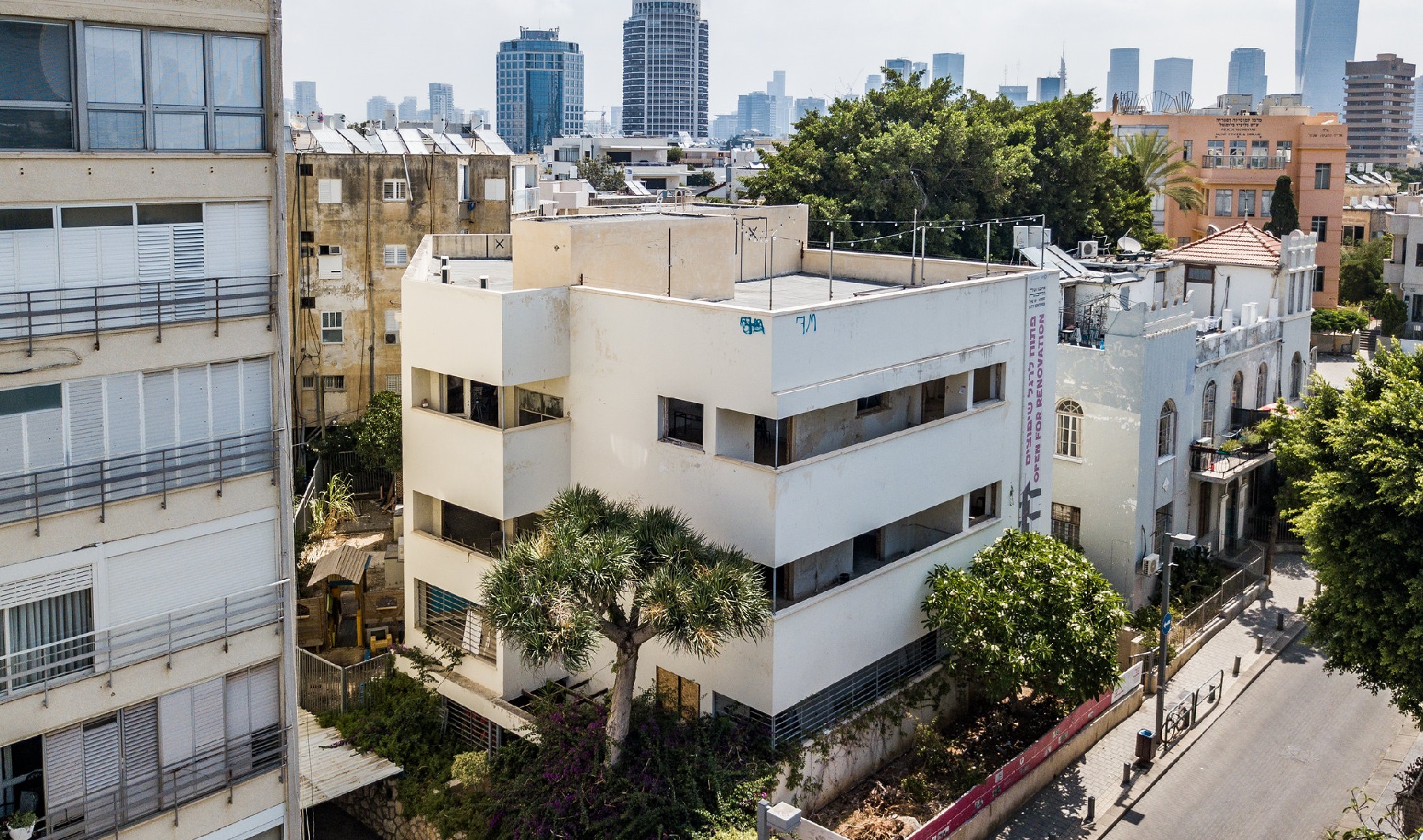100 years of Bauhaus: The architectural school which shaped Tel Aviv’s White City
Tel Aviv already has much to offer, but fans of modern art and design will be especially rewarded.
By Will Stroude

Promotional
World War I was over, the Treaty of Versailles – that would become infamous as one of the causes of the Second World War – was signed, and Eva Perón, Liberace and Doctor Who star Jon Pertwee were all born.
Yes, 1919 was quite a year. But fans of architecture, design and art will know a different milestone.
This was the year when the famous Bauhaus art school opened its doors in Germany. Situated first in Weimar, the city that gave its name to the newly formed German democratic republic, then Dessau, some 40 miles from Leipzig, and finally Berlin, the school and the art it spanned fell foul of the law after Hitler and the Nazis took power in 1933 (you could hardly ask for better credentials).
The school’s founder, Walter Gropius, fled his home land and managed to reach the safety of England. Others made it to what was then Palestine (run under a mandate by Great Britain), modern-day Israel.

The Poli House Hotel in Tel Aviv’s White City is built in the traditional Bauhaus style
Bauhaus, which literally translates as “construction house”, style can still be seen in many buildings in Tel Aviv: they are usually colourless, which explains why the 4,000 examples are known as The White City, which was declared a World Heritage Site by UNESCO in 2003.
Tel Aviv will be joining Dessau, Weimar and Berlin to mark the centennial of the movement, which remains significant to this day, by hosting a series of events.
At the heart of Tel Aviv’s celebrations will be The White City Center. It will focus on the concept of Societies on the Move, the movement of people, materials and cultures: fitting given the history of The Transfer Agreement (1933-39) which enabled Jewish emigres to move their wealth out of Nazi Germany to their new home through the import of goods, including construction materials that where then used to construct buildings throughout the White City, which now boasts the largest collection of Bauhaus-style buildings in the world.

The White City Center in Tel Aviv is marking the centenary of Bauhaus with a series of special events throughout the year (Image: Yael Schmidt)
Possibly the most famous of them is the Liebling House, designed by architect Dov Karmi. Notable for its elongated recessed balconies and the narrow breaks between the parapet and overhang, it was built in 1936 and will soon become a museum. The design is not only aesthetically interesting, it’s also functional in that it can screen out the heat of the Mediterranean sun.
Millions of pounds have been donated to restore the buildings to their former glory and you can see the results on a tour, available from the Bauhaus Center. Each of the four 100 Years, 100 Buildings tours will feature 25 buildings. There are other guided tours as well as workshops.
Turns out, going to see the Eurovision Song Contest isn’t the only reason to visit Tel Aviv!
